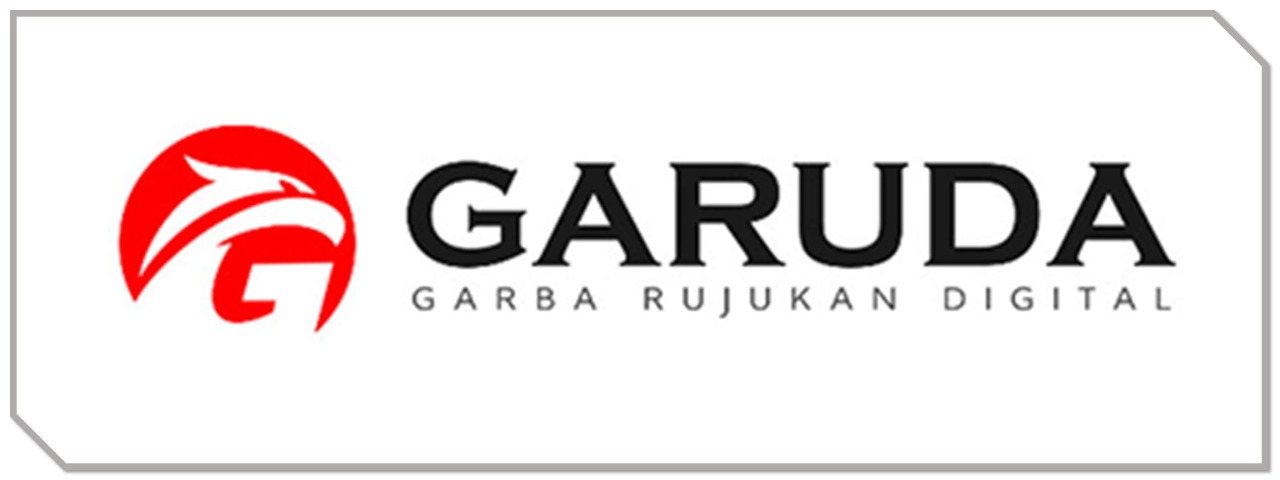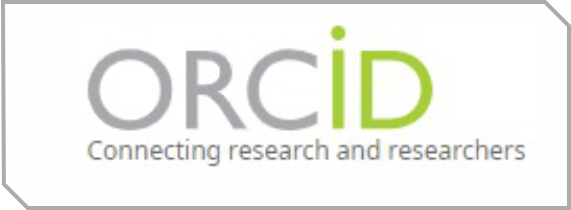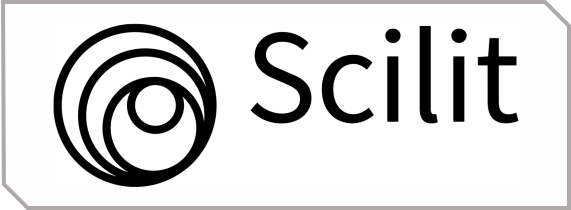Sedimentology and Reservoir Potential of Lower Tanjung Sandstone in Martapura, Barito Basin, South Kalimantan
DOI:
https://doi.org/10.30588/jo.v8i2.2028Abstract
The Barito Basin in South Kalimantan, Indonesia, is a hydrocarbon-producing basin where the Eocene Tanjung Formation serves as both the primary source rock and reservoir. Despite historical discoveries, recent exploration has faced challenges in identifying high-quality reservoir rocks. This study evaluates the reservoir potential of the Lower Tanjung Formation in the Martapura area using fieldwork and laboratory analyses, focusing on porosity, permeability, and texture and depositional geometry. The formation comprises thick shale with minor sandstone and coal layers, interpreted to be deposited in an estuarine environment. Sandstone layers, 0.2–12 m thick, are limited in lateral extent, forming a narrow "shoestring" geometry. Porosity measurements range from 19.0% to 33.1% (good to very good), with an average of 24%, while permeability varies from 1.5 mD to 105 mD (tight to very good), averaging 29.7 mD. However, primary porosity of the sandstone (3.6–7.2%) is poor, with secondary porosity (3.6–14.8%) dominating, driven by near-surface weathering during uplift. Our study suggests that some sandstone layers exhibit good potential, but the overall reservoir quality is limited due to poor primary porosity and restricted depositional geometry.
Downloads
Published
How to Cite
Issue
Section
License
Copyright (c) 2024 Sugeng Widada, Mochammad Prahastomi, Ikhwannur Adha, Aga Rizky

This work is licensed under a Creative Commons Attribution 4.0 International License.
Authors retain copyright and grant the Jurnal Offshore right of first publication with the work simultaneously licensed under a Creative Commons Attribution 4.0 International License that allows others to share (copy and redistribute the material in any medium or format) and adapt (remix, transform, and build upon the material) the work for any purpose, even commercially with an acknowledgement of the work's authorship and initial publication in Jurnal Offshore. Authors are able to enter into separate, additional contractual arrangements for the non-exclusive distribution of the journal's published version of the work (e.g., post it to an institutional repository or publish it in a book), with an acknowledgement of its initial publication in Jurnal Offshore. Authors are permitted and encouraged to post their work online (e.g., in institutional repositories or on their website) prior to and during the submission process, as it can lead to productive exchanges, as well as earlier and greater citation of published work (See The Effect of Open Access).
















